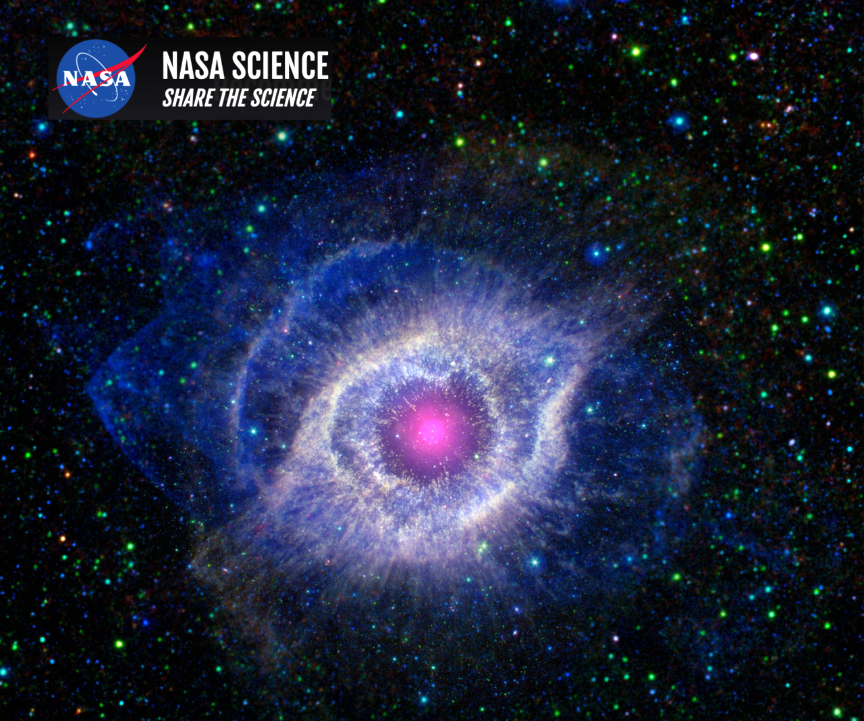
NASA’s Imaging X-Ray Polarimetry Explorer spacecraft built by Ball Aerospace successfully launched aboard a SpaceX Falcon 9 rocket from NASA’s Kennedy Space Center in Florida. After reaching its final orbital position, the small explorer will start its mission of observing polarized X-rays from extreme objects, such as neutron stars, stellar and super massive black holes.

As part of the NASA Astrophysics Explorers Program, the mission addresses NASA’s science goal “to probe the origin and destiny of our universe, including the nature of black holes, dark energy, dark matter, and gravity.” It is led by principal investigator Dr. Martin C. Weisskopf at NASA’s Marshall Space Flight Center, with support from Ball Aerospace, the Italian Space Agency (ASI), Laboratory for Atmospheric and Space Physics (LASP) at University of Colorado Boulder and other partners.

In addition to the mechanical and structural elements of the payload and observatory assembly, Ball Aerospace provided the IXPE spacecraft and conducted integration and testing. The spacecraft is based on the smallest Ball Configurable Platform (BCP) model. The BCP has a broad spectrum of capabilities, is highly reliable with proven stability and pointing performance, which are essential for astrophysics missions, such as IXPE.

As part of Ball Aerospace’s commitment to sustainability, a similar BCP was developed for NASA’s technology demonstration Green Propellant Infusion Mission (GPIM) and is currently in the design phase for the BCP spacecraft for NASA’s Spectro-Photometer for the History of the Universe, Epoch of Reionization and Ices Explorer (SPHEREx).
“IXPE is going to provide unprecedented insight into how the universe works,” said Dr. Makenzie Lystrup, vice president and general manager, Ball Aerospace. “By measuring X-ray polarization with spatial, spectral and temporal resolution, we will gain a far better understanding of the geometry of extreme magnetic fields over a wide range of spatial scales, from the polar jets of Active Galactic Nuclei, to the near-surface of extremely magnetic neutron stars called magnetars.”
Ball Corporation (NYSE: BLL) supplies innovative, sustainable aluminum packaging solutions for beverage, personal care and household products customers, as well as aerospace and other technologies and services primarily for the U.S. government. Ball Corporation and its subsidiaries employ 21,500 people worldwide and reported 2020 net sales of $11.8 billion. For more information, visit www.ball.com, or connect with us on Facebook or Twitter.
